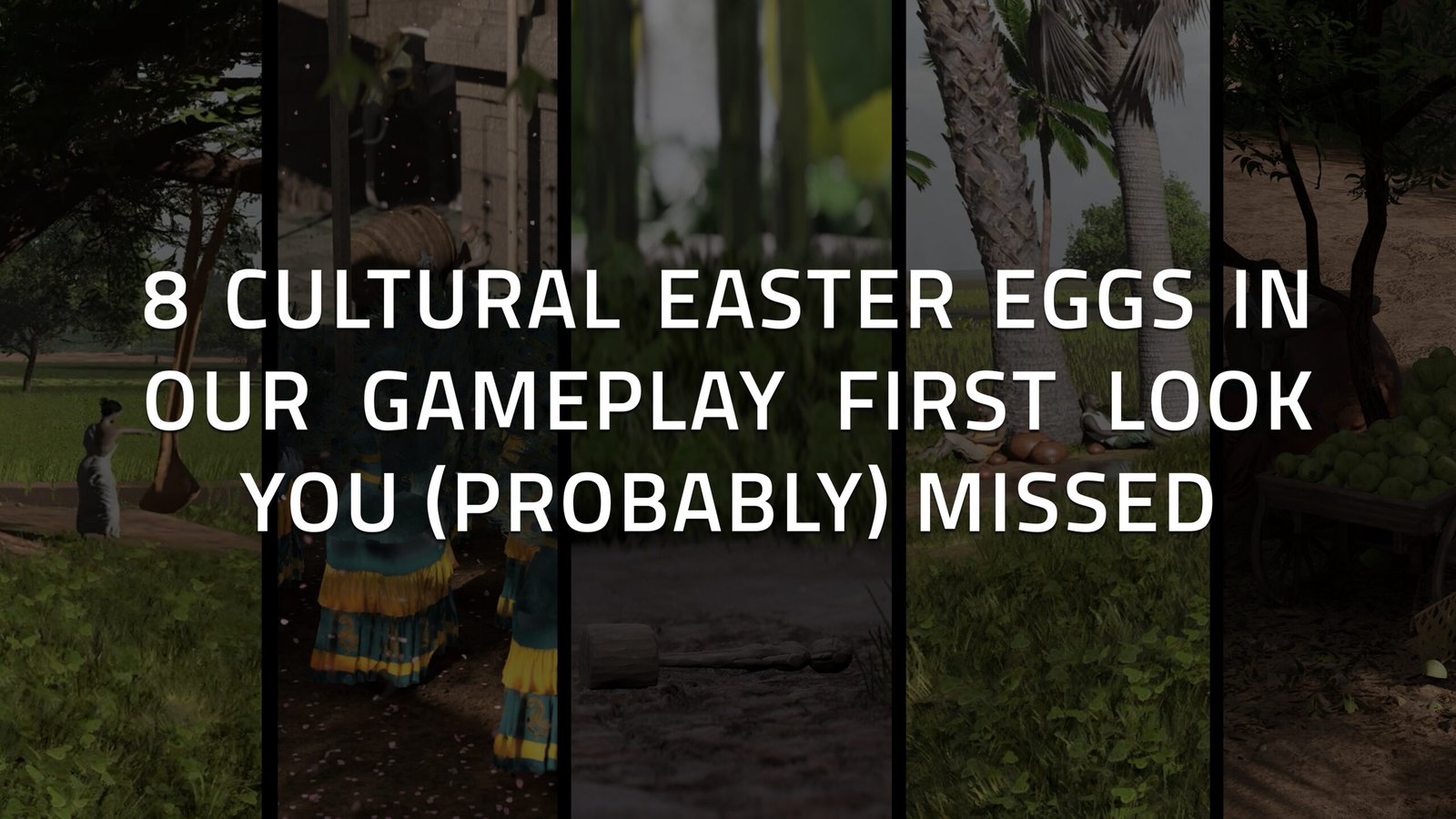
8 Cultural Easter Eggs in Our Gameplay First Look You (Probably) Missed
Ever watched a movie frame by frame hunting for those sweet, sweet Easter eggs? Because our gameplay first look is packed with a ton of Tamil cultural references. Whether you're part of the Tamil diaspora nodding in recognition or a gaming enthusiast curious about South Indian culture, here's your guide to the cultural easter eggs we've lovingly woven into our world. Well, grab your magnifying glass (and maybe a strong cup of filter kaapi)!
Kolam
Let's start with something that might catch your eye: the Kolam. These intricate geometric patterns drawn with rice flour at entrances aren't just beautiful floor art – they're daily ritual art that combines mathematical precision with artistic expression.
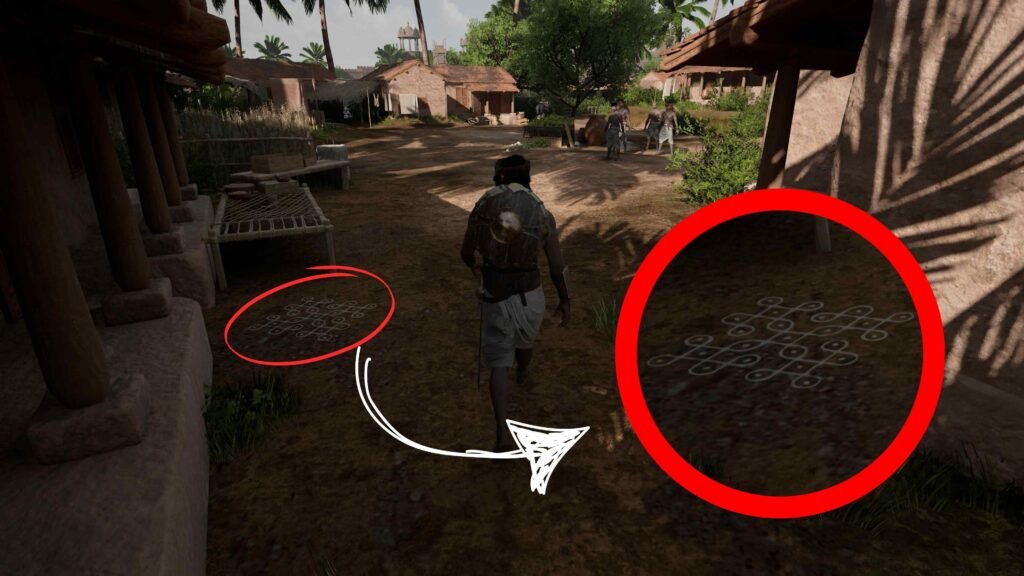
Think of them as South India's answer to mandalas, except these are drawn fresh every morning as a welcome sign for homes. If you spotted these patterns in our trailer, you're looking at centuries of tradition that's still practiced today.
The Marapachi Doll
At the heart of the first sequence, in which the siblings play, is the Marapachi doll – traditional wooden dolls that have been Tamil children's companions long before mass-produced barbie dolls. Often given as gifts to young girls, these dolls are actually a brilliant piece of cultural preservation, as they're dressed in traditional Tamil attire, helping pass down knowledge about traditional clothing and accessories through play.
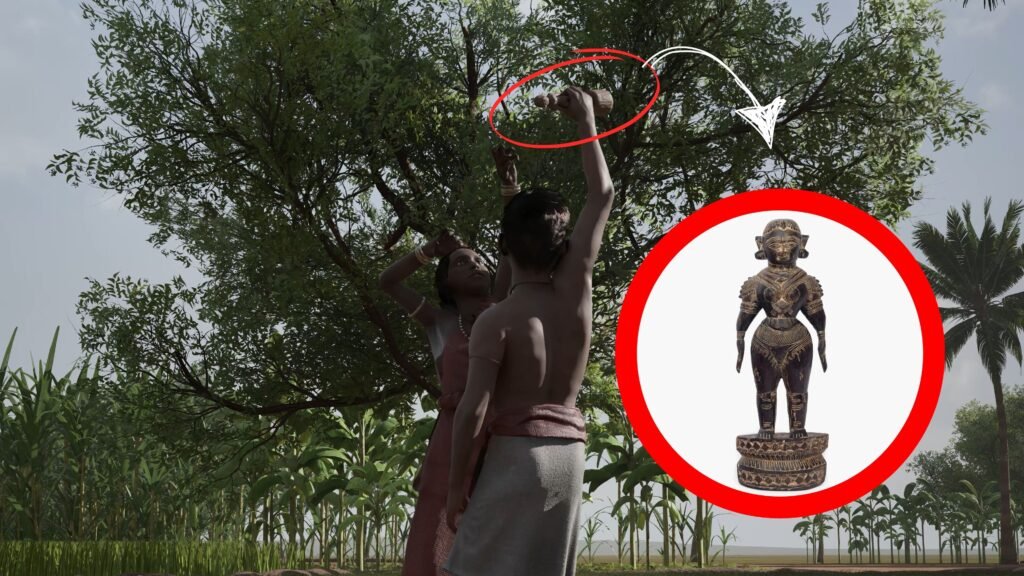
Speaking of tradition...
The Rope Cot
Did you catch the Kayathu Kattil?
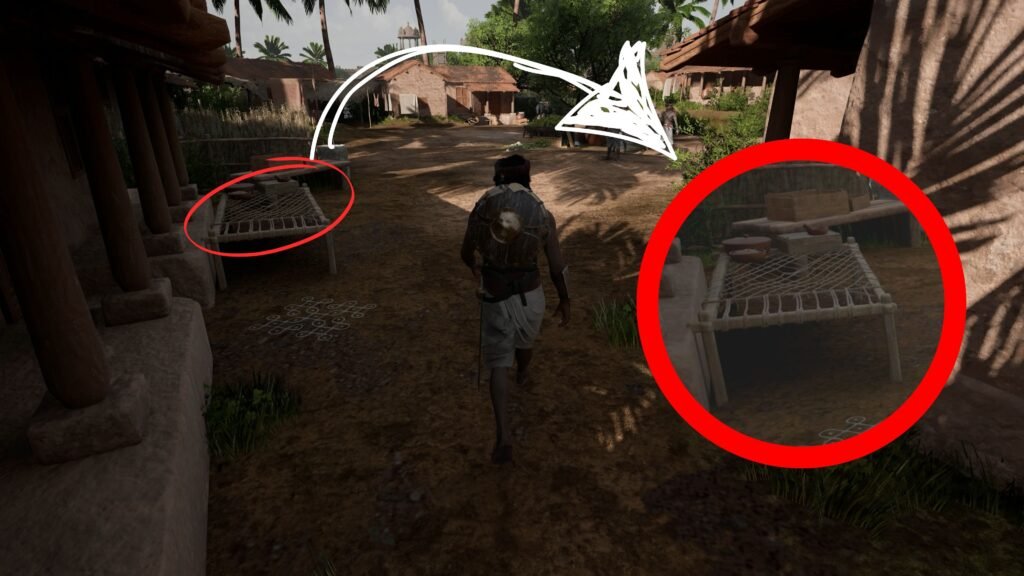
This ingenious rope cot might look simple, but it's actually an early example of ergonomic furniture. Made with a crisscross network of ropes that adjust to body weight, it's perfect for India's tropical climate – the rope construction allows air circulation, keeping sleepers cool during hot summers. It's basically ancient air conditioning. Eh, one can try!
Ulakkai
We've also included some agricultural heritage with the Ulakkai, a traditional rice stamper. This simple but effective implement has been helping process rice for generations – think of it as the original food processor!
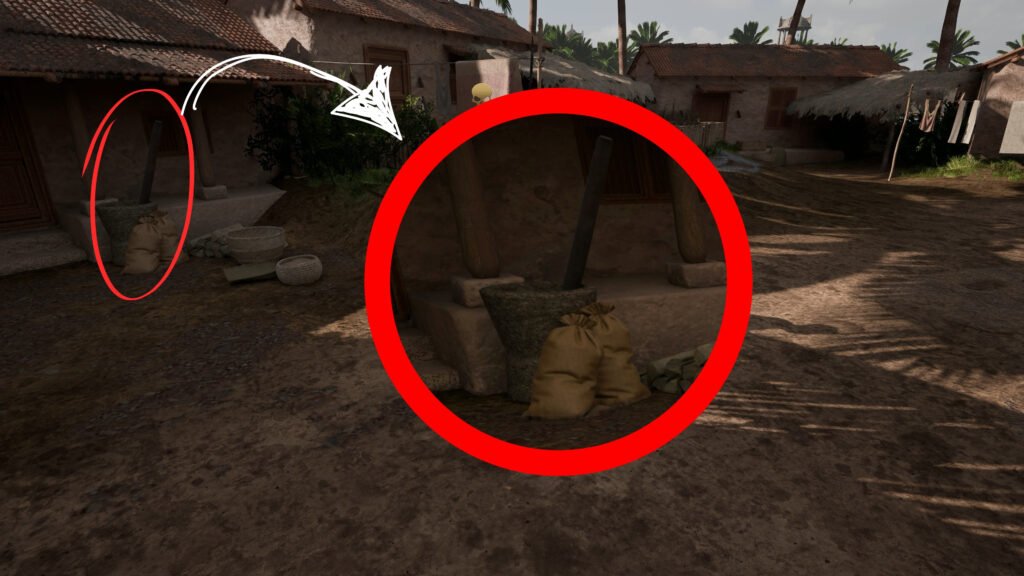
Thooli
For those interested in sustainable baby care (yes, that was a thing long before it became trendy), keep an eye out for the Thooli.

This ingenious baby cradle made from the mother’s saree demonstrates the resourceful nature of Tamil culture – it's portable, sustainable, and surprisingly comfortable for babies. Traditional Tamil homes would often have one hanging in the corner, gently swaying with a sleeping infant.
Oyilattam
You might be familar with Mayilattam (Peacock Dance) and Poikkaal Kudhirai (Dummy Horse Dance, maybe?). But, the trailer also features Oyilattam, a dynamic folk dance performed with colorful scarves. It literally means “Dance of Grace”.
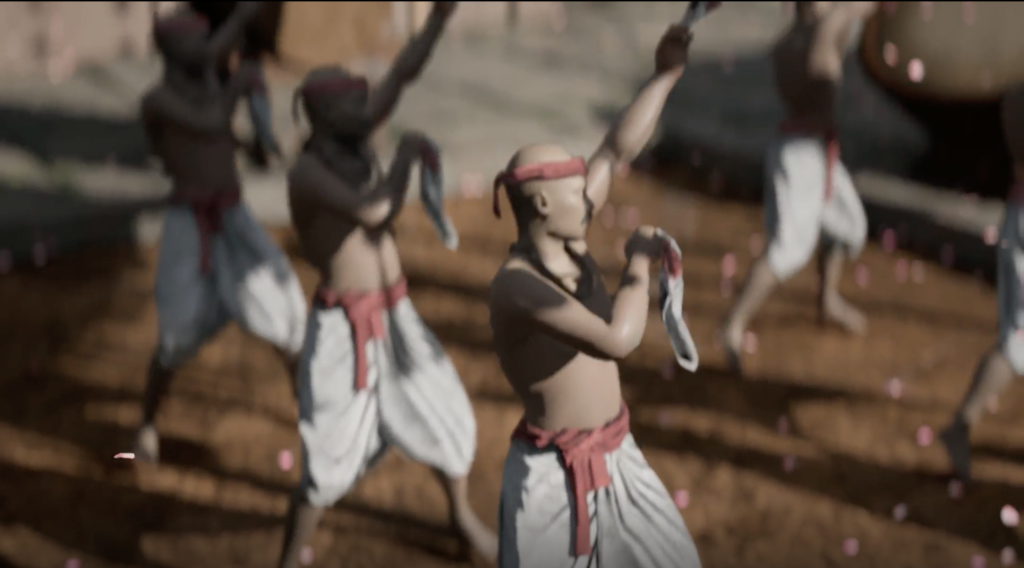
Kallu
For those who appreciate traditional beverages, yes, that earthen pot contains Kallu (palm wine), a naturally fermented drink made from palm tree sap. This traditional drink has been part of Tamil cultural life for centuries, particularly in rural areas, and represents a fascinating piece of local culinary heritage.
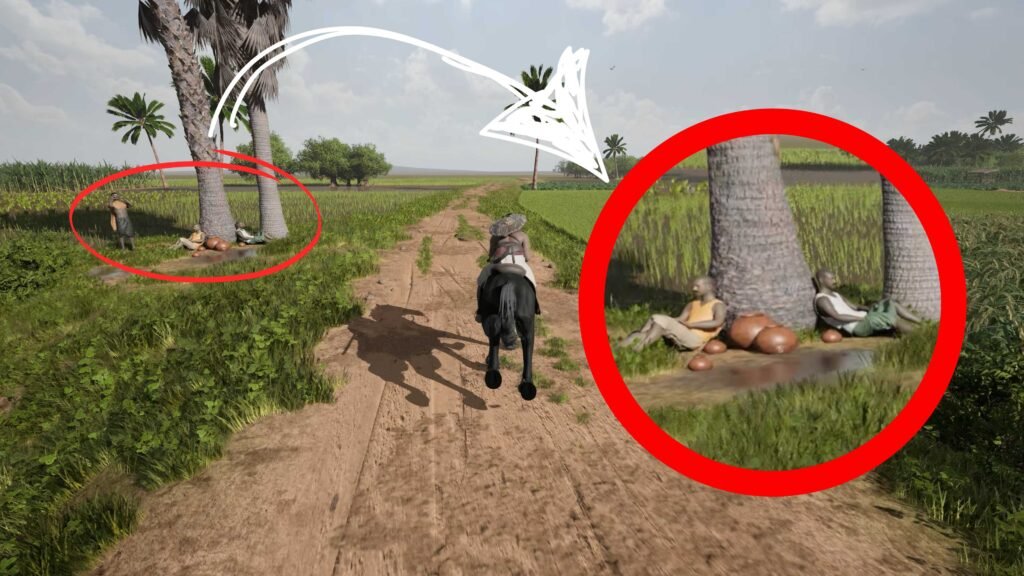
Suruvaal
I’ve saved the best for the last! Finally, there's the show-stopping Surulvaal– a flexible sword that coils like a whip but cuts like a blade. If you think it looks intimidating, you're right! This weapon is so challenging to master that training with it is considered an art form in itself.
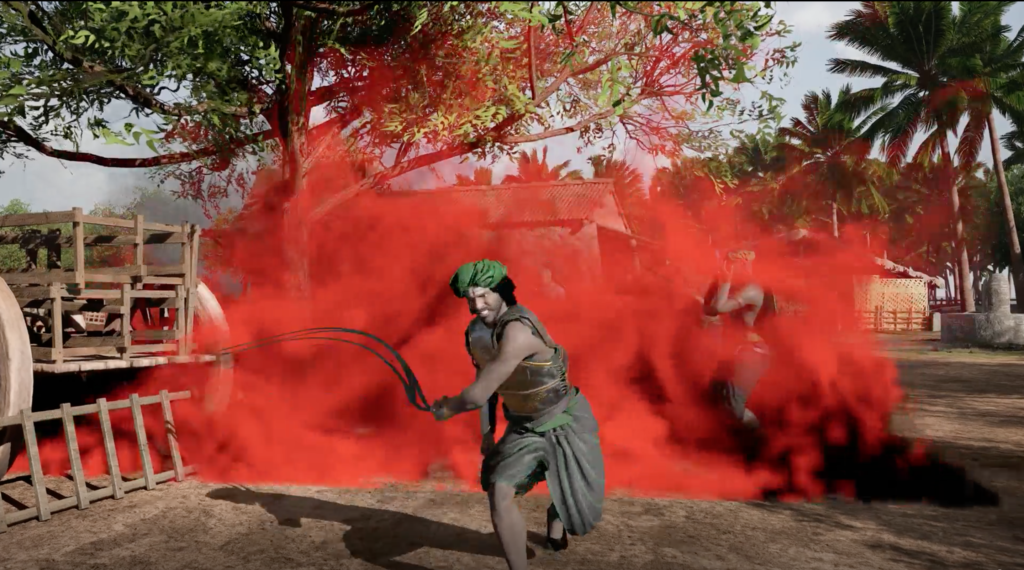
These aren't just random additions or shallow nods to culture – they're carefully chosen elements that represent the rich tapestry of Tamil heritage. Each one tells a story of innovation, sustainability, and cultural wisdom that has been passed down through generations.
For our Tamil players worldwide, we hope these familiar sights bring a smile of recognition. For our non-Tamil players, consider this your invitation to explore a fascinating culture that's both ancient and alive.
So, how many of these did you spot in the trailer? Maybe it's time for another viewing – this time with the cultural context to appreciate each reference. Just be warned: once you start noticing these details, you might find yourself going down a fascinating rabbit hole of Tamil cultural history!


Leave a Reply